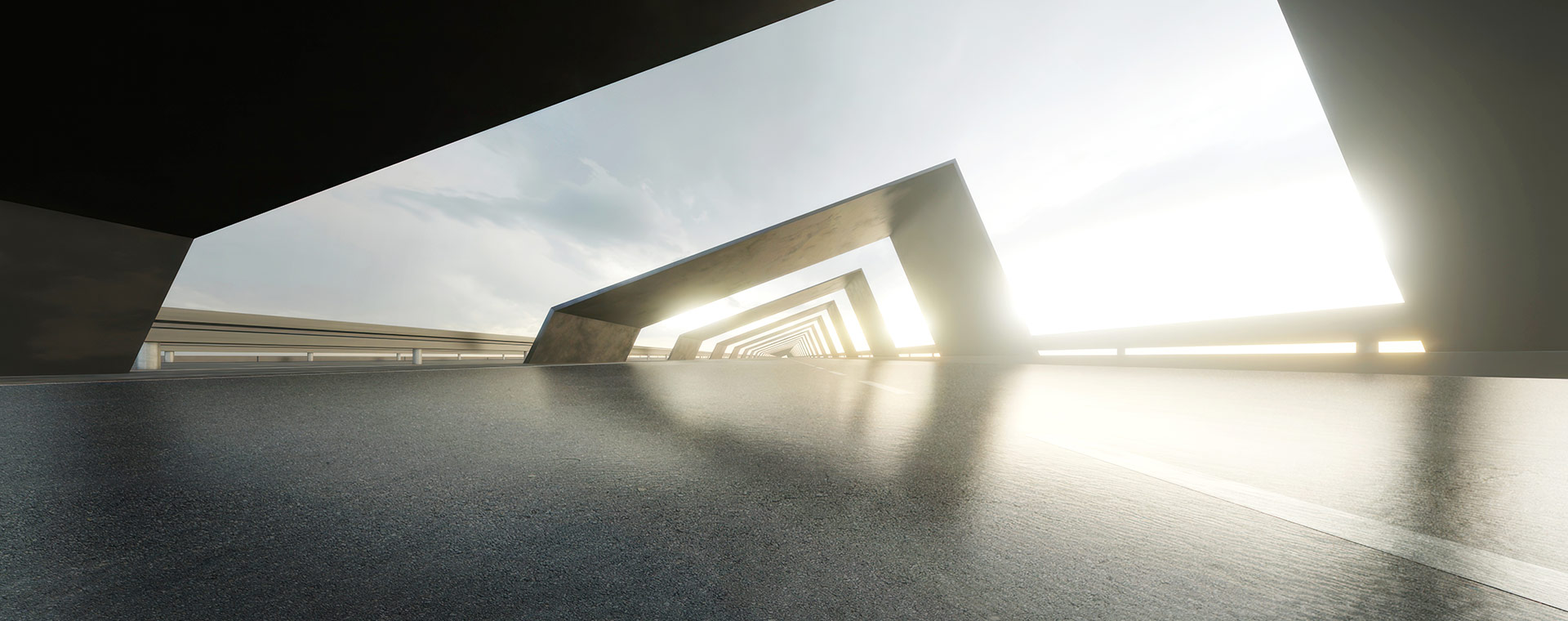Interview
Neurosciences
How can neurosciences contribute to mobility transition?
-
Samah Karaki
Founder and director of the Social Brain Institute

In her interview, Samah Kamaki, Founder and Director of the Social Brain Institute, describes the link between neuroscience and the transition to mobility.
How can neuroscience contribute to the transition to mobility?
The question of mobility is a very interesting case study for understanding change from a psychological and psycho-social point of view. Neuroscience shows us that this power to act is very limited because we have limited mental resources. Change is much more effective when it is initiated by structures, and when this allows us as individuals to expend the least amount of energy.
Why is the social dimension crucial to climate action?
One of the arguments that slows down environmental change is the belief that any change will affect the most disadvantaged. This is what we call political perfectionism: we don’t want any population groups to be affected by change. Before we can think about change, we need to make sure that the most vulnerable people are able to continue to live with the changes. That’s why any question of environmental change cannot be separated from the question of social justice.
How can we facilitate change?
The most effective strategy for replacing one behavior with another is to add friction to the behavior you want to stop, and then facilitate the behavior you want to adopt. The alternative to behaviours that are not beneficial to the environment should already be in place before any awareness-raising campaign.
Should we propose a collective solution?
For an issue as complex as climate change, we must be wary of falling into the “single cause” trap. It’s better to look at these issues in a more systemic and multidisciplinary way, involving all the players who can have an influence on them.
-
 Interview
Design
Interview
Design
How does architecture interact with mobility in our cities?
Madeleine Masse, Founder and President of Atelier Soil
-
 Interview
Design
Interview
Design
How can we reinvent mobility?
Arnaud Passalacqua, Professor at the Paris School of Urban Planning
-
 Interview
Decarbonization
Interview
Decarbonization
How can we catalyze the transition towards carbon-neutral transportation?
Katarina Cséfalvayová, Co-founder and director of the Institute for Central Europe
-
 Interview
Public investment
Interview
Public investment
How can we integrate inclusion in the transition to sustainable transportation?
Halpern Charlotte, FNSP tenured researcher at Sciences Po Paris’ Centre for European Studies and Comparative Politics
-
 Edito
Landscapes
Edito
Landscapes
What landscapes will we be able to contemplate from the windows of our public transit vehicles?
Jean Pierre Thibault, Director of the French section of the International Council on Monuments and Sites
When designing transportation structures, we must not neglect their visual impact.


